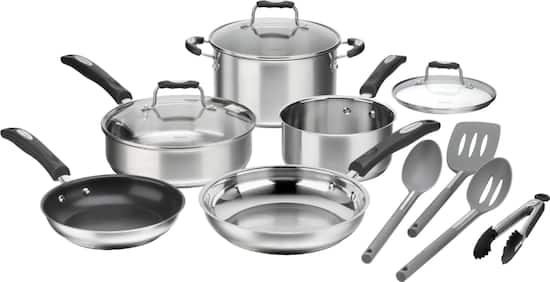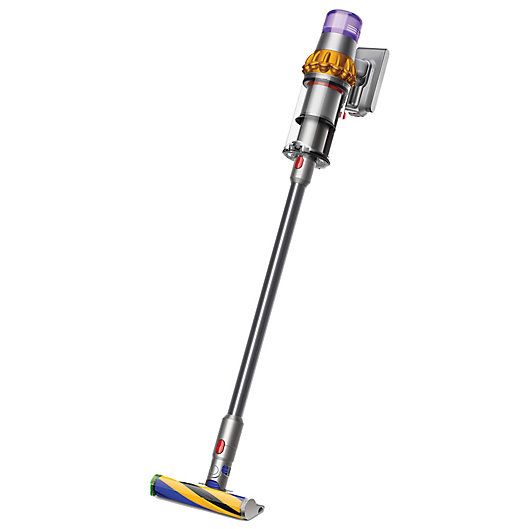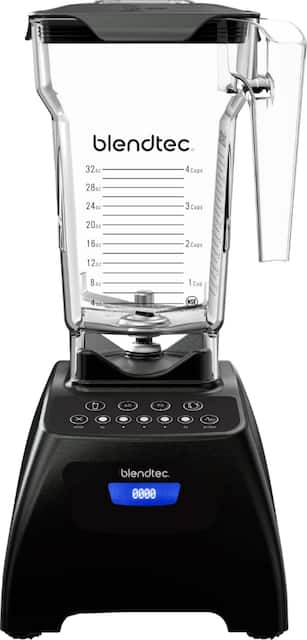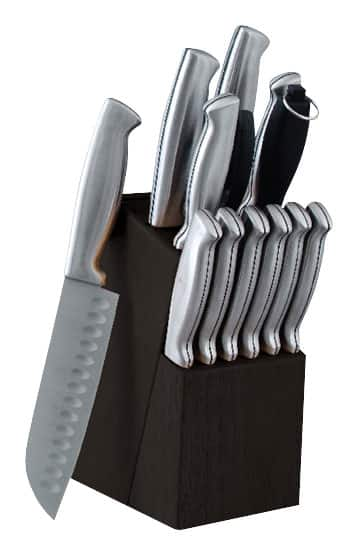Mr. Coffee 2 Shot Pump Espresso & Cappuccino Maker, Black
Espresso brew. Traditional technique. 15-bar pump system. Frothing arm for cappuccinos & lattes. 40 oz removable water reservoir.
Make espresso, cappuccino and lattes like a true barista with the Mr. Coffee 2 Shot Pump Black Espresso & Cappuccino Maker. This sophisticated machine uses a 15-bar pump system that brews rich, creme-topped espresso with impressive results and froths milk for creamy cappuccinos and lattes. The espresso maker machine is designed for the true espresso drinker, combining old world tradition with modern convenience. It’s specially designed to extract the fullest flavor from finely ground beans for a rich, robust espresso taste experience. Brew, steam and ready indicator lights make brewing fast and easy. The dual-shot brewing feature helps to brew two single shots at once. The removable 40 oz large capacity water reservoir fills easily to brew lots of shots. A removable, washable drip tray collects drips to keep brew space neat and clean, for added convenience.
Mr. Coffee 2 Shot Pump Espresso & Cappuccino Maker, Black:
- Espresso brew
- Traditional technique
- 15-bar pump system
- Frothing arm for cappuccinos & lattes
- 40 oz removable water reservoir
- Mr. Coffee espresso and cappuccino maker can be used to make gourmet coffee drinks with the touch of a button
- Brews two single shots at once
- Brew, steam and ready indicator lights for ease of use
- Removable, washable drip tray
- Includes a scoop for precise measuring
Additional information
| Manufacturer Part Number | ECMP50-NP |
|---|---|
| Model | ECMP50 |
| Assembled Product Weight | 8.8 lbs |
| Assembled Product Dimensions (L x W x H) | 12.00 x 11.00 x 12.50 Inches |










by Wright
[This review was collected as part of a promotion.] My ex husband have me this machine because he had 2 about three years ago. I use it every weekend and sometimes during the week, I do not know how old it is but I have no issues with this great machine.
by Sharon
Made great coffee and was easy to clean!
by Jimmy
Received my espresso maker three years ago as a gift. I use it every morning since getting it. I never have any issues. Thank you Mr. Coffee.
by Doreen
when you finish the coffee in the container that holds the is very soupy and a mess to clean., my old ones the coffee ground were much more firm and easier to clean up. Makes great coffee.
by Cheryl
Have had this pump espresso maker for years and it makes great espresso with cream and the milk frother works good. You need to read and follow directions and suggestions and you will easily be able to produce latte and cappuccino coffee just like a coffee shop. Ours finally wore out and I just ordered another. Mr. Coffee please keep producing this exact same model.